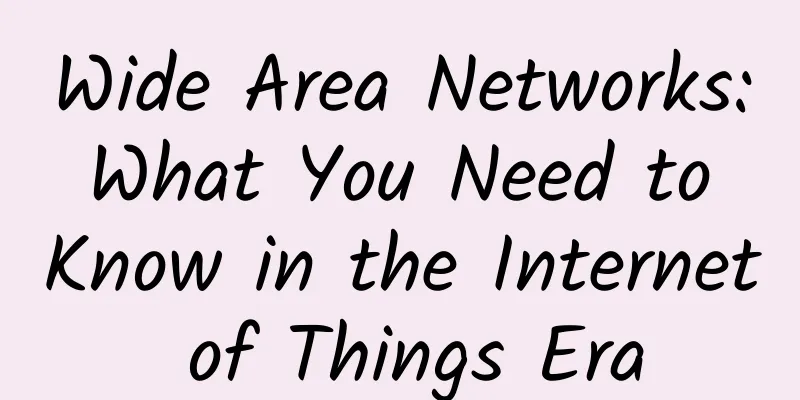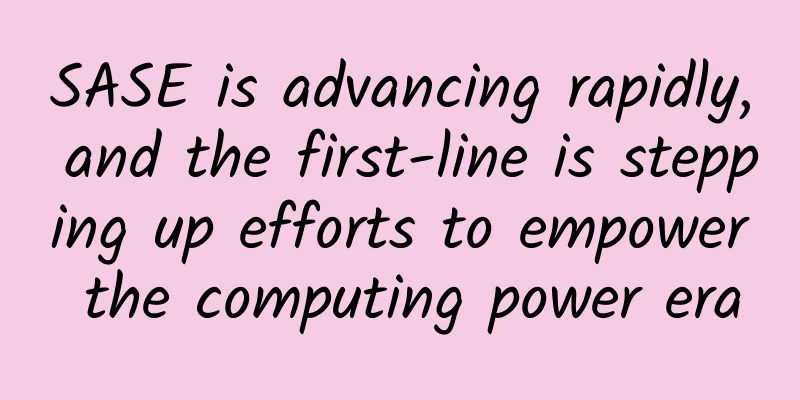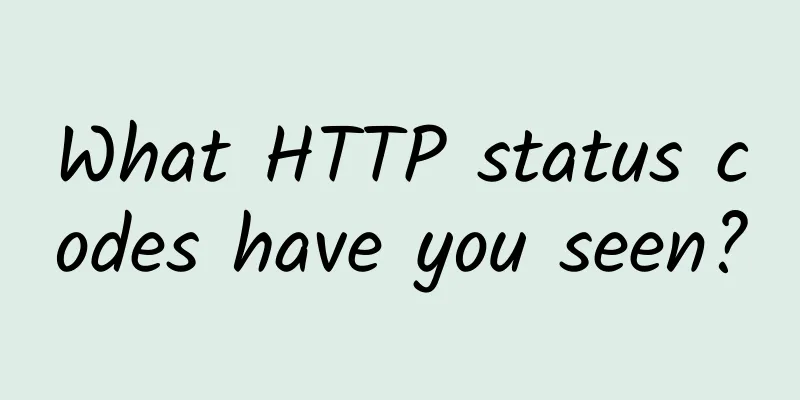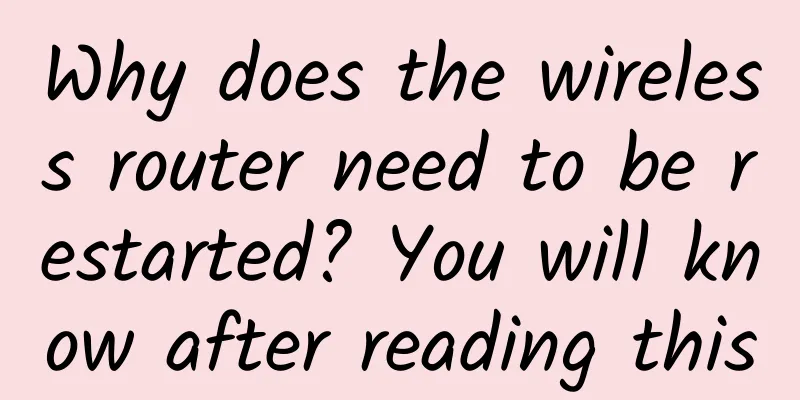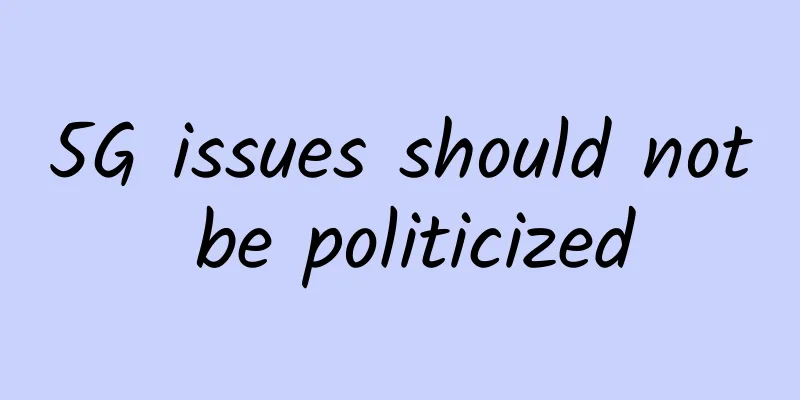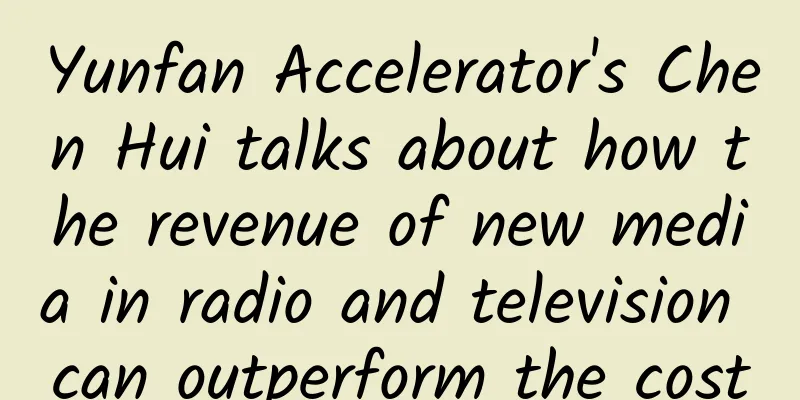The three major operators are about to adjust, and the low standard of 5G tariffs is coming, and both new and old users have opportunities
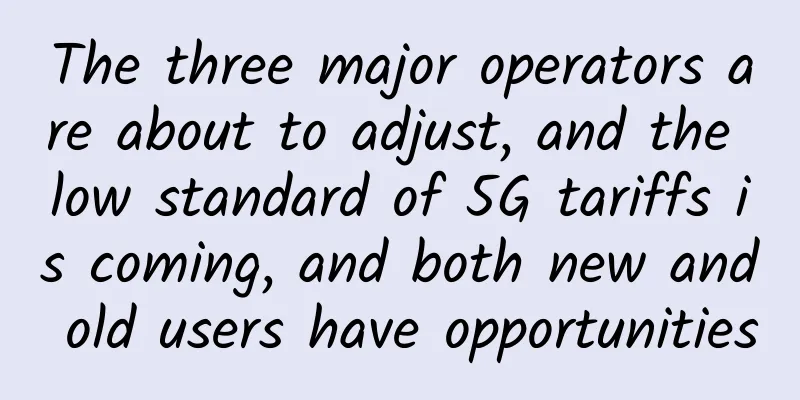
|
2019 can be said to be the first year of 5G base station construction. It was also from this year that Huawei's 5G base station order volume and Huawei's 5G basic parts market share both reached the first place in the world. 2020 is the first year of 5G mobile phones. The flagship mobile phones released in 2020 are basically 5G versions. However, relatively speaking, most of the 5G models in 2020 are concentrated above 3,000. In 2021, 2,000-level or even 1,000-yuan 5G mobile phones began to appear. This means that in terms of hardware and network, it is not far from everyone being able to use 5G. So is the popularization of 5G really going to be very fast? Let's look at two sets of data to find out.
First, the coverage of 5G base stations Compared with 4G, the wavelength end of 5G has a higher frequency, and the voice and network of 5G are completely distinguished in the baseband, so generally 5G base stations need to be rebuilt. Moreover, the density of 5G base stations is higher than that of 4G. At the beginning of 2021, although the 5G base stations built by the three major operators are relatively large compared to the world, there is still no way to cover all areas of second-tier cities, and even some second-tier cities only cover within 3 ring roads. However, judging from the operator's plan, there is no pressure to popularize 5G in second- and third-tier cities in the past two years. Therefore, 5G packages have become the main packages of major operators, but the price of 5G packages does make ordinary consumers daunted. Second, the high cost of 5G is also one of the factors that slow its popularization. Take China Telecom as an example. The minimum standard of China Telecom's 5G package is 129, and even the minimum standard of 169 in some provinces and cities. Although China Telecom has increased traffic, voice duration, and even broadband and TV, for some consumers, non-family users generally only need traffic and voice, and this price is difficult to meet the demands of ordinary consumers. The same is true for China Mobile's 5G package. The minimum standard for individuals is 128, and the minimum standard for families is 129. In the 4G era, everyone thought that the tariffs were expensive, and thought that the tariffs would be reduced when the carrying capacity of the 5G network increased, but unexpectedly, they were greatly increased. The situation of China Unicom is similar, with a minimum standard of 129, but the Ministry of Industry and Information Technology has made requirements for the 5G packages of the three major operators to be adjusted. Third, the three major operators adjust their strategies Everyone knows that the development of 5G is beneficial, which is inseparable from: the construction of base stations, the iteration of terminal mobile phones, and the popularization of tariffs. Taking Hubei Communications Management as an example, the standards issued are: in 2021, China Mobile, China Telecom, and China Unicom shall not mislead users to change 5G packages. After changing 5G packages, users can choose to switch back to 4G packages on their own. They shall not stop accepting 4G packages, and correctly inform users of 5G coverage, etc. This is also related to the fact that some offline operators have weakened their guidance on 5G packages in the early stage. Another important adjustment is about the tariff standards. In response to the issue of high 5G package fees raised by users, the following suggestions are made, which need to be adjusted by 2021: the three major operators (including their derived virtual operators) need to launch at least one 5G package standard of less than 100, and at the same time, it needs to meet the requirements that this 5G package can be shared with other 5G packages, such as but not limited to: 5G refueling packages, 5G voice packages and other services, and new and old users have equal opportunities. I believe that for most users, they all hope to have a mobile tariff standard that matches them. Of course, it is better to have a faster 5G network, but it is also necessary for operators to provide different traffic and voice standards according to users with different usage. After all, the transition from 4G to 5G is also the time when the number of users who port their numbers between major operators fluctuates the most. At this time, whoever makes a wrong step may have to wait until the 5G-6G transition to be able to switch. |
<<: Will the withdrawal of 2G network affect you?
>>: How to start learning socket programming for beginners
Recommend
Guess how much of Huawei Cloud's "black technology" is used in Huawei Mall (Vmall)?
[51CTO.com original article] Within a few days af...
"No products, no discounts, no sales" Huawei's new "knowledgeable" approach
Not long ago, an online experience store with &qu...
Internet medical care is emerging. Should HIS be "repaired" or "completely reconstructed"?
During the COVID-19 outbreak, Internet medical se...
The next generation of WIFI is here! Google applies for 6GHz WiFi testing, which is expected to be popularized in 2022
In the Wi-Fi world, 6GHz will be a major breakthr...
Standard Internet site update, promotional cloud server starting from 188 yuan/year
New Year, New Atmosphere. Pesyun Standard Interco...
ChatGPT and 5G messaging: the perfect combination of new artificial intelligence and new communications
At present, the hottest topic is none other than ...
Provincial and municipal government cloud services help "Smart Jiangxi" take a new leap forward
In the history of the development of the Chinese ...
Tencent Interview: Do you understand process communication?
[[432787]] This article is reprinted from the WeC...
Maxthon Hosting: Unpopular CN2 Data Center, German CN2/Netherlands CN2 (Anti-complaint), 2G memory package starting from 60 yuan per month
In January, we shared the news about Maxthon'...
Core technologies for building 5G networks: the differences and connections between SDN and NFV
We often hear network operators and equipment ven...
How to Evaluate DCIM Tools for the Modern Data Center
There are almost too many data center infrastruct...
127.0.0.1 and localhost, how to choose?
In actual development, we often use 127.0.0.1 and...
What will Beijing Supply and Marketing Big Data Group do after obtaining the CDN license?
[51CTO.com original article] 2017 is a critical y...
RackNerd: San Jose data center VPS promotion starting at $11.88/year
A week ago, we shared RackNerd's promotional ...
After the cold winter, we are welcoming the spring: the operating data of the three major operators rose collectively in March
With the orderly resumption of production and wor...
![[6.18] UCloud Kuaijie cloud server starts from 5 yuan, COM domain name starts from 20 yuan, 100GB CDN traffic package starts from 1 yuan](/upload/images/67cac33114e29.webp)
